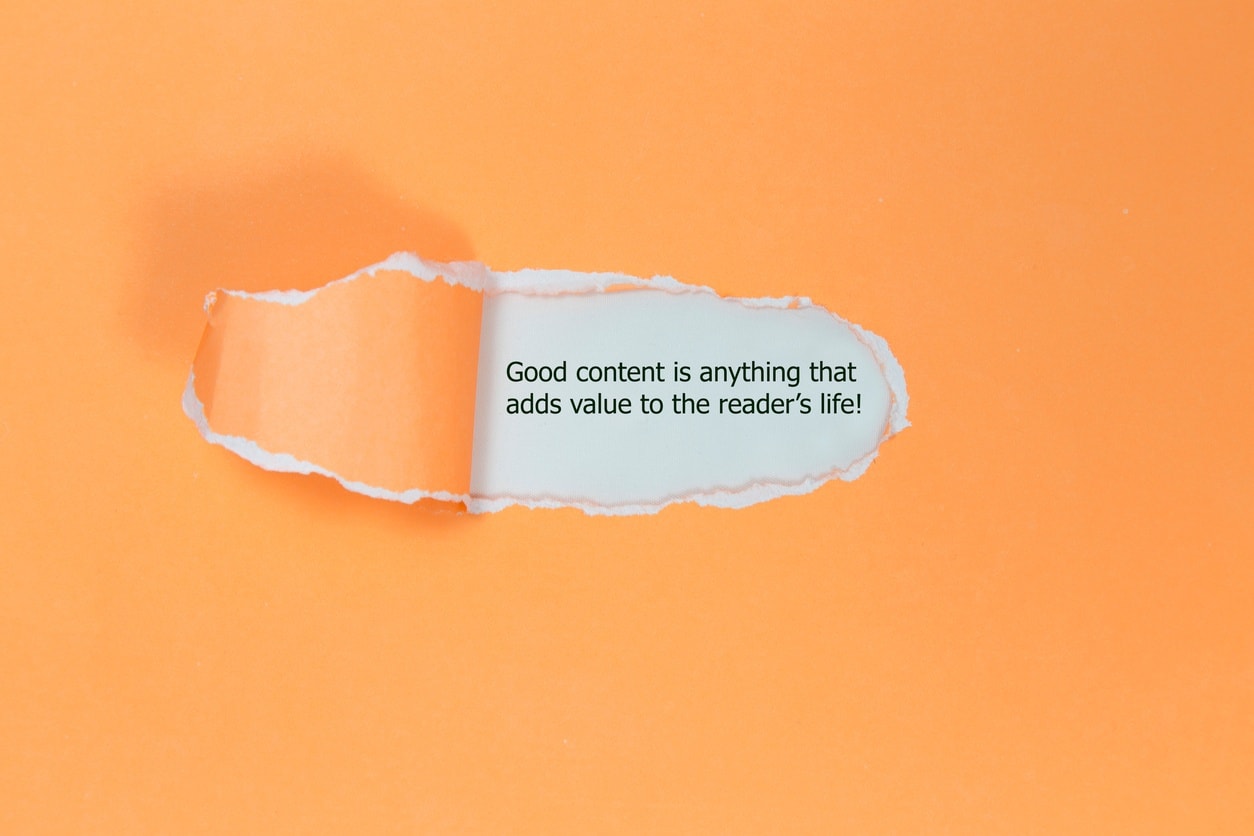
Nobody reads any more, at least, online. People are becoming more and more focused on visual information (obviously you are reading this!). Visuals draw greater attention and are 55% more likely to be remembered than text. This means, before you start thinking about the various features that might be nice on a new website or start drafting an RFP that asks for a “clean, modern design” (like so very many do), think about the story you want to tell.Yes, if your website is old, not meeting standards of modern technology, is difficult to use on a phone, or is full of lengthy articles and texts, it’s probably time for a new website. But first, determine whether a content refresh could produce better results before kicking off a full website redesign.
Many nonprofits think it’s important to state their mission on the homepage, believing this clarifies what they do right away for people visiting the site. However, many mission statements are written with insider lingo and in complex language. This is just not how people consume content on websites. When first visiting a site, people don’t read it from beginning to end. Instead, they scan. Visitors look for visual hooks to latch onto to decide if they want to dive in deeper or just leave the site. Your mission statement typically will not be that visual hook.
What you need on your homepage, instead of a mission statement, is a really good story. People love stories. Stories are easier to remember. Stories can capture attention and draw people in. Your mission statement is really intended to be for internal reference. People want to know your story. How did you come to be? What motivates your team to do the work you do? What happens as a result of the work you do? Telling your story, in plain English, and in a concise way that’s paired smartly with strong visuals, is a great way to capture attention on your homepage, to draw people in, and to get them to engage with you.
Your initial story doesn’t need to go into every small detail. Instead, it should present a high-level overview of what you’re doing and your results, and may offer ways for people to get more information about details if they want to. Your story should include visuals that amplify the story, illustrate it, or add to it in useful ways. You might include data visualizations, infographics, or an animation that clarifies a process. Beautifully-shot, professional photos are also a great way to create an immediate emotional connection with the reader.
The art of visual storytelling takes time to learn. When getting started, there’s a few basics you should keep in mind. Keep it simple and find a main thread or motif to drive the story. You should also include a main character – this doesn’t always have to be a person. You should also consider storytelling structure – include a beginning, a bridge, a main action, and a conclusion.
For the imagery, again, keep it simple. What’s the least you can do to get the biggest impact? Does your story have lots of data or is it more image-based? Think about how to display data in ways that are appealing and eye-catching while simultaneously being informative at-a-glance.
When you get this right, you’ll know because people looking at your visual story will get excited about the information you’ve presented. Your audience will gasp with delight and a new understanding and most importantly, will remember your story and ideally come back for more.
Once you’re able to tell your story in a compelling way, then you can begin to determine if it’s time for a website design. Your next focus should be on creating a website that frames your new content and creates paths for people to take the actions on your site to help you reach your goals.
Are you ready for a website refresh? Please don’t hesitate to reach out to us with any questions.
